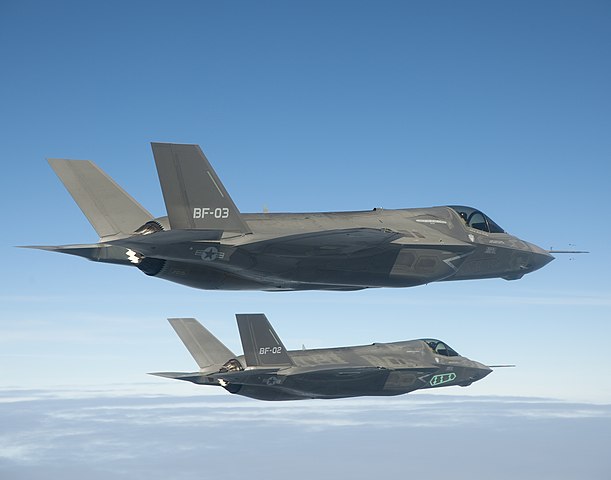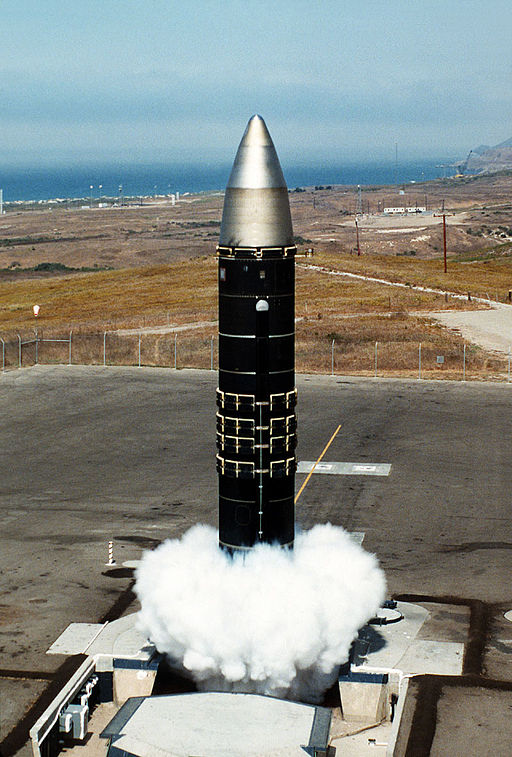In the annals of military aviation, the inception of the F-35 Lightning II marks a pivotal transition into an era of unmatched prowess and technological sophistication. Designed to transcend the boundaries of modern warfare, this multi-role stealth fighter is not only a testament to human ingenuity but also embodies the zenith of 5th generation fighter architecture. This article delineates six paramount facets where the F-35 has fundamentally revolutionized multi-role fighters, offering a beacon for enthusiasts and experts in the field to marvel at the intricate engineering and innovative prowess embedded in this machine.
1. Stealth and Radar Evasion
The F-35 takes the concept of stealth technology to a hitherto unparalleled level. Built with a fuselage that assimilates radar-absorbent materials (RAM) and coating, it minimizes its radar cross-section (RCS) considerably. This is augmented by an intricate design that integrates angular edges and serrated surfaces to deflect radar waves away from the emitting source. Its internal weapons bays are adept at concealing ordinance to prevent radar detection, a leap in ensuring operational success in highly defended airspace.
2. Sensor Fusion and Situational Awareness
In the domain of modern aerial warfare, information is the kingpin. The F-35 introduces a groundbreaking approach to sensor fusion, where data from disparate sources are amalgamated into a cohesive, singular operating picture. Leveraging the capabilities of the AN/APG-81 AESA radar, Distributed Aperture System (DAS), and the Electro-Optical Targeting System (EOTS), the F-35 can detect and track targets with remarkable accuracy and range, offering the pilot unparalleled situational awareness.
3. Network-Centric Warfare
As warfare evolves to be more interconnected, the F-35 emerges as a central node in network-centric operations. Its advanced data link capabilities, including Multifunction Advanced Data Link (MADL) and Link 16, allow it to operate seamlessly within a network of allied assets. This enables real-time data sharing and collaborative engagement, transforming the solitary fighter into a linchpin that connects various elements of a modern battle space, from satellites to shipborne radar systems.
4. Adaptive Engine and Supersonic Flight
The F-35 houses the prodigious Pratt & Whitney F135 engine, an engineering marvel capable of producing a whopping 43,000 pounds of thrust. This allows for sustained supersonic flight without the need for afterburners, a concept known as supercruise. Moreover, its adaptive engine technology enables variable cycle operations, optimizing performance in different flight regimes and enhancing fuel efficiency, thus extending its operational range significantly.
5. Advanced Avionics and Glass Cockpit
The cockpit of the F-35 is a symphony of technology and ergonomic design. It eschews a plethora of switches and dials for a large touchscreen display, voice command capability, and Hands-On Throttle-And-Stick (HOTAS) controls. This allows pilots to manage a plethora of information effortlessly, enhancing their decision-making capabilities in high-stress combat scenarios. Furthermore, the inclusion of AI-assistive systems paves the way for semi-autonomous operations, reducing the cognitive load on pilots.
6. Directed Energy Weapons and Electronic Warfare
As we stand on the cusp of a new era of warfare, the F-35 showcases the potential integration of directed energy weapons (DEWs). While still under development, these systems promise to augment the F-35’s existing arsenal, offering new dimensions of engagement. Furthermore, the F-35 possesses formidable electronic warfare capabilities, including radar jamming and deception, providing it with the tools to dominate the electronic spectrum of the battlefield.
Conclusion
The F-35 Lightning II is more than just a fighter jet; it is a transformative platform that embodies the zenith of aerospace engineering and modern combat capabilities. Through its amalgamation of stealth technology, sensor fusion, and network-centric operations, it not only revolutionizes the role of multi-role fighters but also sets a new benchmark in 5th generation warfare architecture. As enthusiasts and experts, we stand witnessing a remarkable era where the boundaries of technology and innovation in aviation are being constantly expanded, fostering a new paradigm in aerial warfare that promises to redefine the concept of air dominance for decades to come.



